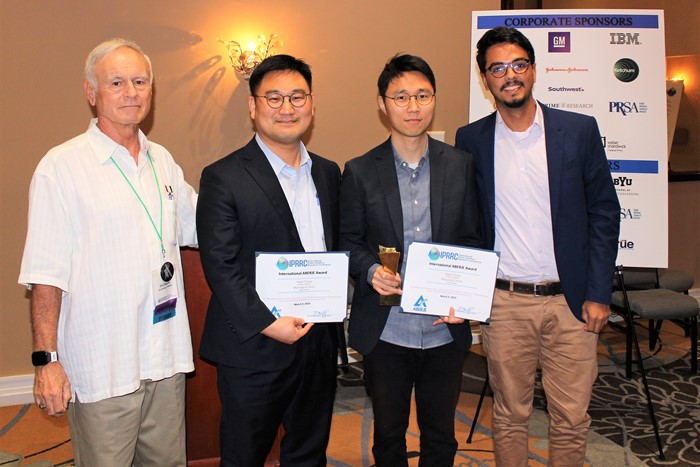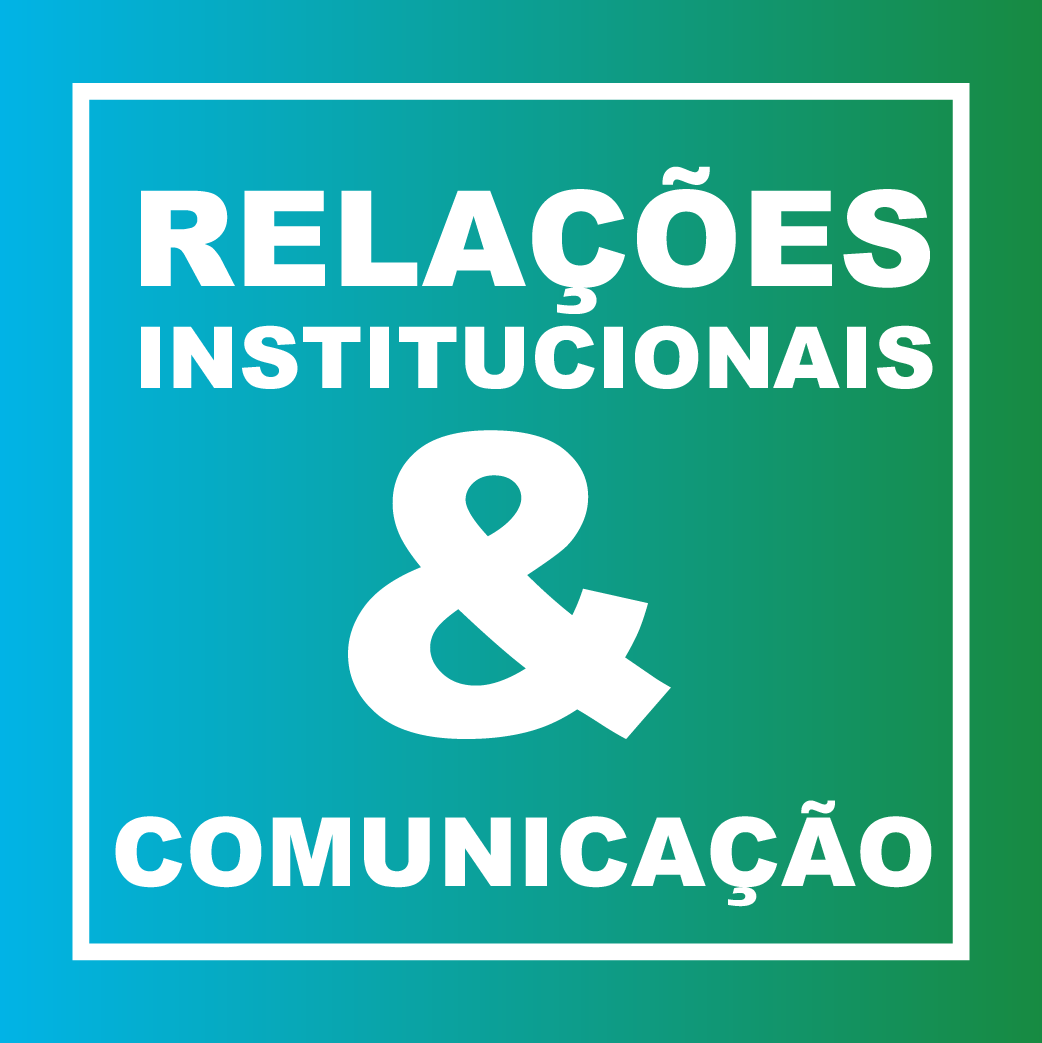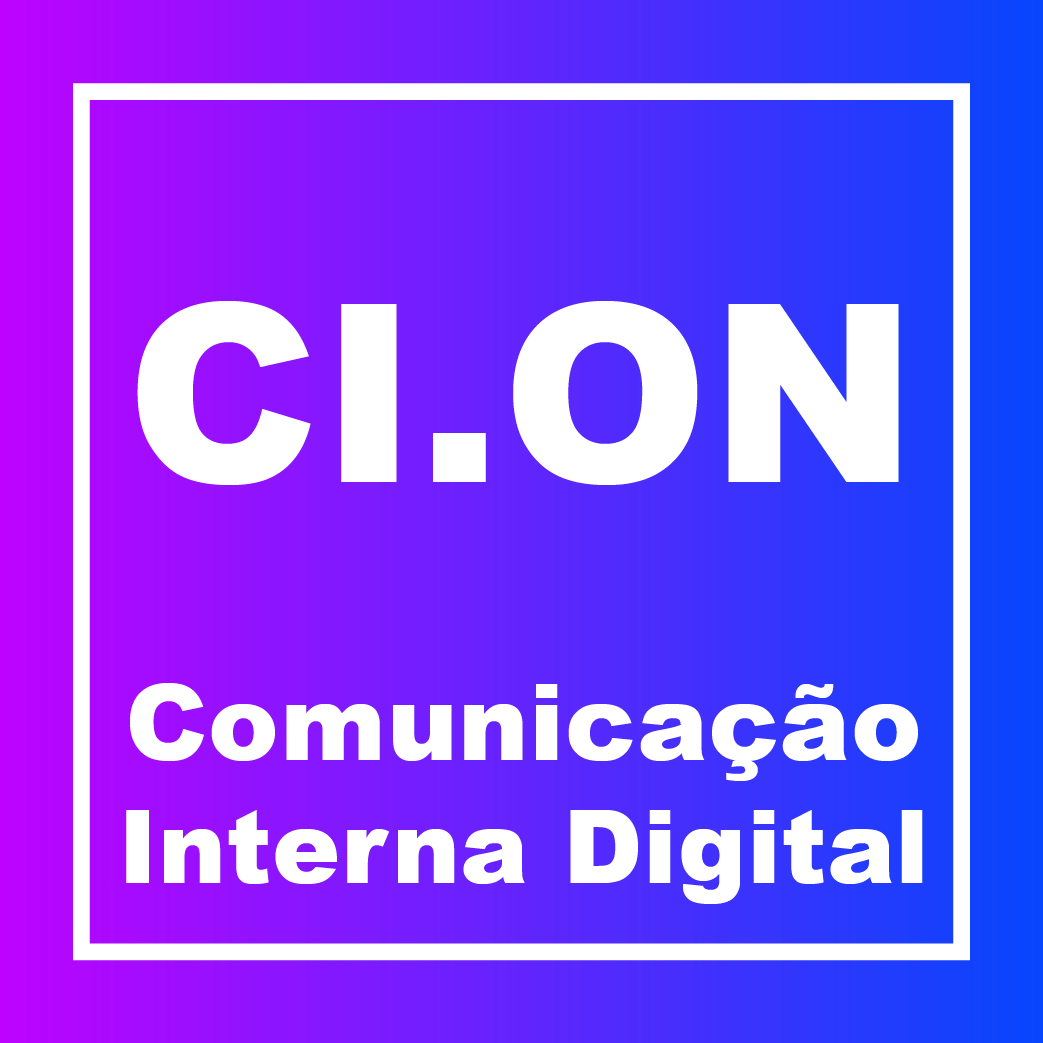Paper on humanized CEO communication wins 11th International Aberje Award

The International Aberje Award held its 11th edition and awarded a paper presented during the International Public Relations Research Conference (IPRRC). The conference on communications and public relations researchers was held its 22nd edition in Orlando, USA, and gathers hundreds of researchers from different nationalities each year.
Written by researchers Myoung-Gi Chon of Auburn University, Alabama, and Bugil Chang of the University of Oklahoma, the awarded paper investigates the effects of symmetrical communication of CEOs on social media. According to the study, the concept of perceived social distance serves as a mediator between the relations of responses of CEOs and attitudes towards the company.
At the conference, the studies are presented dynamically in round tables with a time limit of 10 minutes. Aberje also presented its research “Profile of Communication Leadership in Brazil” in the event.
In addition to the trophy, the winners were also awarded US$ 1,000, which they say will be used to continue funding their research focusing on CEO communication. A brief interview with Chon and Chang follows.

You suggest that there is a social distance that the CEO must shorten. How do you define this social distance and how can the CEO do that through social media?
Chon e Chang: We defined social distance as the emotional and psychological distance publics perceive to the CEO. In other words, perceived social distance is the level of social similarity publics perceive between themselves and the CEO. People may perceive the CEO as socially dissimilar or socially similar. For example, people as ordinary people tend to think that CEOs are not a person like them, while others think CEOs are like ordinary people (i.e., personal identity) who represent their companies (i.e., social identity).
Given that people tend to evaluate a socially closer person more favorably, we assumed that social media plays a vital role in decreasing the social distance between CEOs and their publics. Accordingly, if people perceive a CEO as socially closer to themselves, they are more likely to have positive attitudes toward the CEO. In particular, as social media provide a two-way communication system, we focused on how social media can be used to decrease the social distance between the CEO and his/her publics via symmetrical communication.
Consequently, considering the perception of social distance as a key factor, we suggest that having an open and receptive attitude in communication with publics (i.e., symmetrical communication) will decrease the social discrepancy that publics already have toward CEOs.
The research focuses on Facebook usage. Why is that and what about the other social media such as LinkedIn, Twitter and Instagram?
CC: We used the Facebook page in our experimental study because it has the largest number of users among social media platforms. According to the Pew Research Center, 68% of Americans use Facebook, 35% use Instagram, and 25% use LinkedIn. Furthermore, Facebook provides a more interactive system between people than other social media platforms.
Also, we believe that our research using Facebook can be applied to other types of social media (e.g., Instagram). As we suggested, the key factor is the perceived social distance. That is, it is possible to apply this study to other social media to see how different types of social media can decrease dissimilarity with publics.
In a few contexts, such as crisis, people expect a more direct answer from CEOs. How does social distance impact the CEO’s positioning in social media?
CC: According to James Grunig, symmetrical communication is one of four principles of crisis communication. The results of our study suggest that perceived social distance is a mediator between symmetrical communication and positive outcomes such as willingness to speak out and positive attitudes about a CEO and organization in the context of Corporate Social Responsibility (CSR). Therefore, we are able to assume that closer social distance between the CEO and his/her publics in social media is helpful to decrease negative outcomes (e.g., reputation and relationship quality) in the context of an organizational crisis. However, we need to empirically test our model in an organizational crisis to examine how perceived social distance in social media plays a role in mediating between symmetrical communication and positive outcomes in an organizational crisis.
In general lines, from your research, what do you suggest to CEOs to communicate better?
CC: If a CEO in the organization wants to use his or her social media account to interact with publics (e.g., consumers), our study results show that he or she should primarily consider ways to blur social discrepancy that publics have. Using symmetrical responses (e.g., open and receptive responses assuming mutual understanding and adjustment) rather than asymmetrical responses (e.g., response to persuade publics sticking to the CEO’s own position) can be one of the options to bridge the social gap between the CEO and publics.
In particular, the findings of the theory-driven approach in this study suggest practical implications for public relations managers to think of effective communication by a CEO in the social media environment and provide concrete knowledge about a CEO’s effective communication style and the role of social distance in positive outcomes. If a CEO in the organization tries to use his or her social media account to interact with publics (e.g., consumers), there are six principles to follow for symmetrical digital communication. First, consider others’ opinion more than express your opinion to others. Second, try to accept another opinion more than reject others’ opinion. Third, try to actively listen to others more than be defensive about others’ opinion. Fourth, reflect others’ opinion rather than stick to one’s own opinion. Fifth, show the attitude that you are trying to understand others rather than persuade them. Sixth, indicate that you are willing to negotiate rather than that you are stubborn. These principles of the CEO’s social use must be applied from the beginning of social media content creation and later in responding to others. When symmetrical digital communication based on these principles leads to public engagement and positive attitudes toward the CEO and the company, it is useful to enhance the practice of public relations through social media.
How will the International ABERJE Award help you and your research? What are your next steps?
CC: We appreciate the International ABERJE Award, which will keep us moving to our next research steps. We will use the award to collect data for follow-up studies. The current study (Humanized CEO on Social Media: Effects of CEO’s Symmetrical Comments on Publics’ Attitudes and Willingness to Engage via Perceived Social Distance) has been submitted to one of the top communication journals (SSCI). Based on the study, we will conduct a series of studies about organizational effectiveness including CEO’s effective communication. As we mentioned in our answer to question three, applying our model in the organizational crisis context will be one of the important studies we will conduct using the award grant. Further, we will continually study how social media can be effectively used to manage communication between organizations and their publics.
* Bugil Chang is a student at Gaylord College of Journalism and Mass Communication, University of Oklahoma. His research interests are computer-mediated communication, risk-crisis communication, and public relations.
* Myoung-Gi Chon is an assistant professor in public relations at the School of Communication and Journalism, Auburn University. His research interests lie in risk-crisis management in the digitally networked society, employee communication behavior, and public diplomacy.
COMENTÁRIOS:
Destaques
- Diretor da Aberje lança livro sobre a teoria sentimentalista de David Hume
- Em entrevista a CNN, CEO do Pacto Global da ONU no Brasil fala sobre comunicação e sustentabilidade
- EMIS é nova associada da Aberje
- Lab de Comunicação para a Sustentabilidade discute oportunidades e desafios para ações sociais
- Seminário da USP debate opinião, política e democracia na atualidade
ARTIGOS E COLUNAS
Regina Macedo Narrativas femininas: amplitude e diversidade na comunicaçãoPatricia Santana de Oliveira Qual retorno do investimento em PR?Marcos Santos Esporte como Plataforma de MarcaCarlos Parente Na vida e no mundo corporativo, não há texto sem contextoPamela Muramatsu Insights para uma comunicação mais eficiente para o agro


























